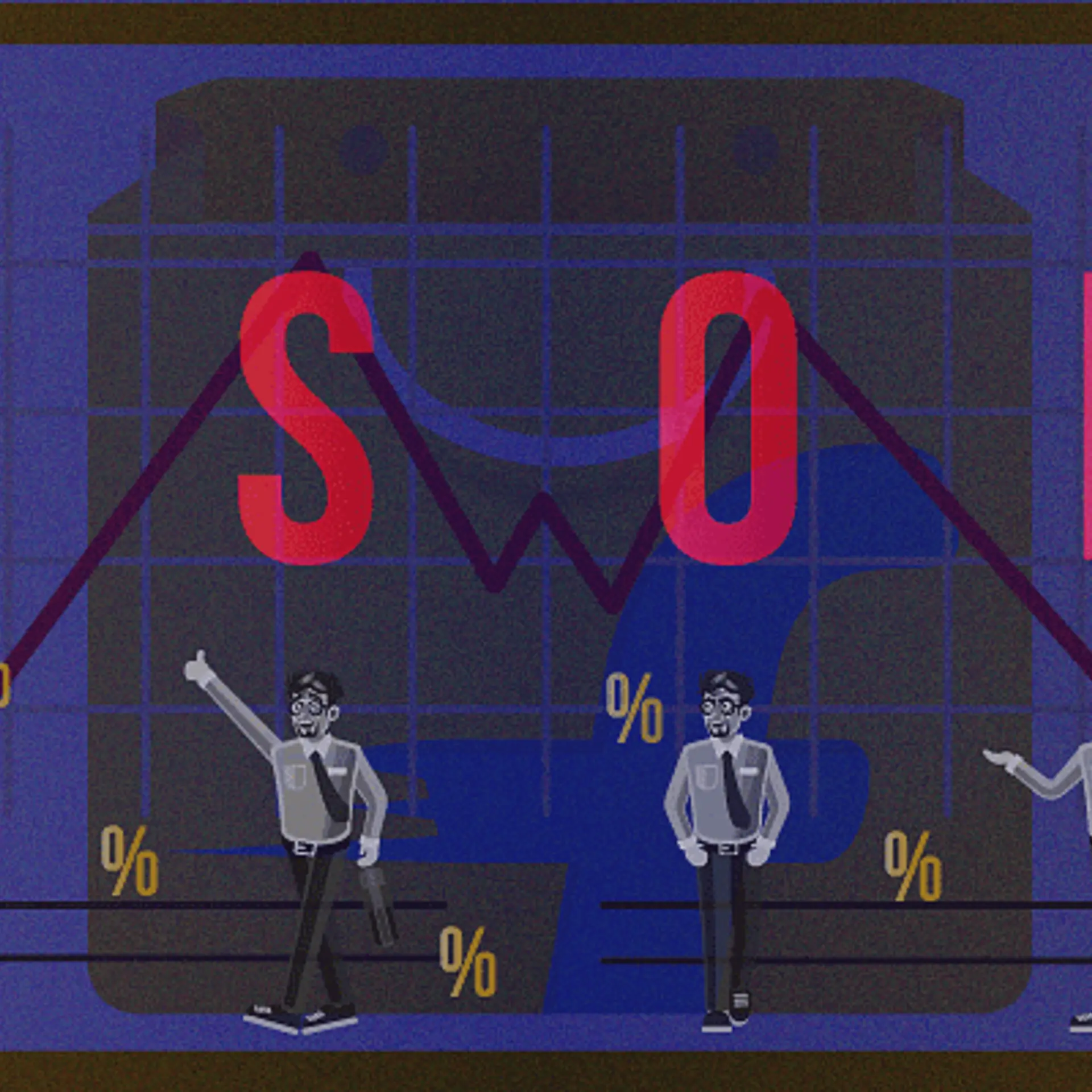Ex-Zomato executive and his Robin Hood Army are tackling hunger with surplus food from restaurants
Starting with feeding 150 homeless people, the Robin Hood Army today feeds over 2.75 lakh people a month across 80 cities across the world. It ties up with restaurants, collects their excess food and distributes it to those in need.
Every week in Jayanagar, a group of people clad in green t-shirts come together to collect drums of food from nearby restaurants, and haul them into vans, ready to be distributed.
These people belong to a chapter of the Robin Hood Army that partners with restaurants, collects any excess food and distributes it to those who need it. What began by feeding just 150 homeless people, has grown to now feed over 2,75,000 a month in 80 cities across the world.
The journey began in Delhi, with only six volunteers and feeding 150 people on a night in August 2014, around the Hauz Khas flyover.

The working model
Robin Hood Army operates in a hyperlocal hub-and-spoke model, with ‘chapters’ in different regions and localities. Every chapter has a core team that focuses on managing volunteers, handling restaurants, scouting, and distribution. The ‘team of green’ decide to meet at a certain location, go to restaurants and collect the food, and then congregate to pack and distribute it.
“We try to work by creating flat, decentralised structures and making knowledge sharing of best practices real-time via metrics, documentation, and expansion teams. We have a WhatsApp group called the Boiler Room, where city heads of all cities are constantly sharing best practices and updates,” says Neel Ghose, founder of Robin Hood Army.
Each team allocates people for different purposes, and scouting is an integral part of the process. Neel explains that while social media runs the Robin Hood Army, partnerships with restaurants helps its impact.
“During the recent Kerala floods, we tied up with Indigo to transfer resources to those affected from across the country. Similarly, during Independence Day, we partnered with organisations like Uber, Zomato and Viacom to serve people under #Mission1Million,” says Neel.
Since they have no funds involved, the growth and impact is calculated on bringing new volunteers on board.
When did it all begin
The idea came to Neel when he was the VP of international operations at Zomato. In 2014, he was living and working in Portugal, when the food-tech giant was launching in Lisbon. While working on local partnerships, he came across a unique organisation ReFood that has volunteers collecting surplus food from restaurants, and redistributing it among the less fortunate.
“I was enamoured by how simple this was and spent some time with the team and the founder trying to understand the logistics of how this works. When I moved back in August, I reached out to a close friend Anand (Sinha) and we decided to try this at home where the need was more. At that point, we didn’t know how much more,” says Neel.
The first drive included friends from work and college based in Delhi. They all met at Anand’s place and decided to hit the ground running.
Before starting, Neel says they weren’t sure if they would be able to find people to distribute the 150 meals they had planned for.
“We couldn’t have been more wrong – there were thousands of needy people. We realised we had to scale very fast to make a tangible difference. In the initial days, while some restaurants came on board wholeheartedly, a few were understandably not sure where the food would be going,” says Neel.

Driving through social media
They decided to meet the restaurateurs’ concern on the front foot by inviting them for food drives so that they could be a part of what Neel and his friends were trying to build. “We also started sharing updates of our distribution moments on social media channels to further validate where the food was going,” he says. What started as a validation exercise unwittingly turned out to be the lifeline of what made Robin Hood Army sustainable.
“Through social media, our friends, colleagues and acquaintances got intrigued with what we were doing, and a lot of them ended up taking Robin Hood Army to their cities. We created a basic organisation structure (Ops Head, Volunteer Manager, Social Media and Partnerships), which further grew the number of local volunteers and eventual impact across cities,” says Neel.
However, there has been one constant challenge – time - as everyone involved is a volunteer. “To counter this as a culture, we are constantly decentralising, and looking for the next generation of leaders to replace the work we do. This is a long-term strategy to ensure sustainability of the mission,” he adds.
“We share our experiences and stories on Facebook, Instagram and Twitter, where our viewers can see Robins wearing green, going out and serving the local community. Through social media, we have been noticed by the media and platforms like TEDx talk, and now it is a strategic part of the RHA engine, which gets us 1,800+ new volunteer requests a month across the world,” says Neel.
The future
“Even though we have served 8.5 million people through a network of 16,000+ Robins — this is still barely scratching the surface of the global hunger problem. Hence, growing fast enough is always a problem,” he says.
The immediate focus is growing into smaller towns across India, and expanding into Africa and Latin America, and growing the Robin Hood Academy, an initiative to enroll children living on the streets into public schools.
“We have chalked out plans to grow to serve half a million people a month across 100 cities within the next year. We have a simple philosophy of ‘1 percent done’, which basically implies that disruptive growth is the only way we can create a real solution to the hunger problem,” says Neel.







